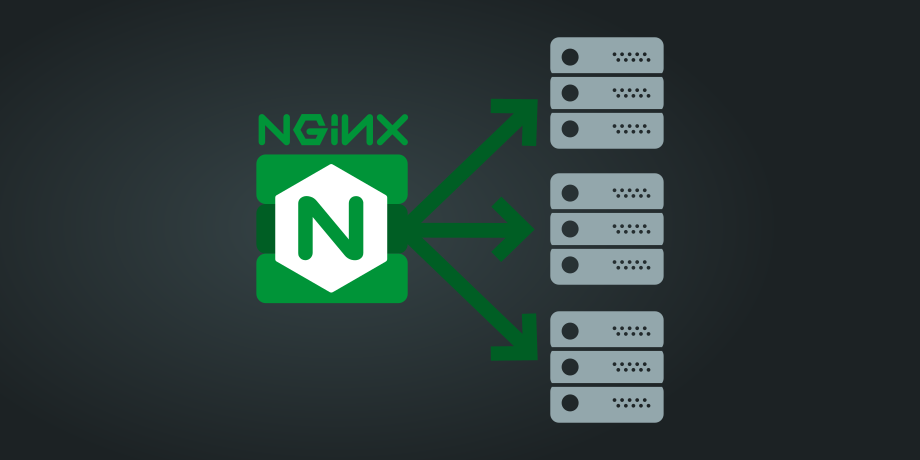A reverse proxy is a server that sits between internal applications and external clients, forwarding client requests to the appropriate server. The reverse proxy service acts as a front-end and works by handling all incoming client requests and distributing them to the back-end web, database, or other servers. Then it forwards the response back to the client.
If you’re hosting from home, you certainly want something like this running in front of all your services. My home router points all open ports to my reverse proxy, and any known URLs get defaulted to my external website to handle. If the command line is too daunting, you could consider checking my YouTube or Odysee channels where I also showed a GUI version running in a Docker container, with external subdomain names working for different services.
See Reverse Proxy with Nginx: A Step-by-Step Setup Guide
#technology #reverseproxy #security #selfhosting #nginx
step-by-step tutorial is going to show you how you can easily set up a reverse proxy with Nginx to improve security and performance.

